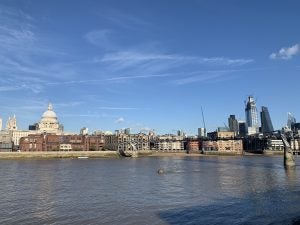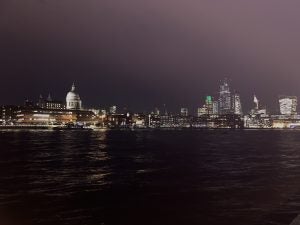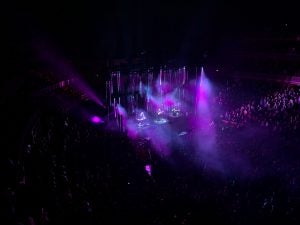Camera Review
iPhone XR Camera review

Sections
- Page 1 iPhone XR Review
- Page 2 Camera Review
- Page 3 Battery life and Verdict Review
Verdict
iPhone XR Camera – Single lens with good results
On the back of the iPhone XR you’ll find a single optically stabilised wide-angle 12-megapixel f/1.8 camera jutting out slightly from the glass.
As there is no secondary telephoto sensor you can no longer optically zoom and jump to ‘2x’, and the iPhone XR also handles portrait mode shots differently.
Related: Best phones
If you’re on an iPhone XS or iPhone 11 Pro and taking a portrait, the camera will create a depth map, separating the subject from the background. It will then know which bits to blur and which to keep in sharp focus. It’ll also zoom in slightly, giving that professional portrait look without forcing you right up into someone’s face. iPhone XR can’t do this, so it does all the portrait magic with a single-lens and software to blur the background.

Portrait at f/1.4

Portrait at f/5.2
So does it work? Mostly, yes. If you’re shooting in good light with a person (portrait mode here only works on people, not dogs and cups of coffee like the iPhone 11) then the blur feels natural. You can also alter the strength of the blur, which is a nice touch. It does struggle with hair and hats though and isn’t quite as accurate as the dual-camera-wielding iPhones.
The differences in portrait mode aside, every other picture from the iPhone XR is virtually identical to the iPhone XS. The 12-megapixel f/1.8 aperture camera is exactly the same as on the more expensive phones and boasts the same Smart HDR feature.
Smart HDR uses ‘computational’ knowledge to alter contrast, white balance and other settings when you take a picture, with the idea that the result will be better.

(iPhone XR)

(iPhone XR)

(iPhone XS)

I’ve been a big fan of Smart HDR since I started using it with the iPhone XS. It provides very nice photos across varying scenarios. Photos taken in well-lit situations have a lovely pop of colour, with strong contrast and great dynamic range. These latter two points help capture detailed landscapes with a good difference between the lightest and darkest points.
Smart HDR isn’t perfect, though. In some situations, especially when the sun is setting, I have noticed certain shots picking up an unnatural vibrancy to colours. Low-light shots of people also tend to have a very yellowish finish.
That being said, low-light snaps, in general, are excellent. There’s no dedicated Night Mode – like you’ll find on Huawei Mate 20 Pro and Google Pixel 3 XL – but plenty of detail is kept even when there’s minimal light. You can see how well it retains bright colours and doesn’t fill the black with noise in the sample shots of the concert below.

Night shots can be bright when there’s light, without overexposure

The flash is ok, but use sparingly

It keeps blacks really dark when you want them to be
There was plenty of controversy surrounding the front-facing 7-megapixel f/2.2 camera when the iPhone XS launched. Users felt selfies were overly smoothed and lacked realism. Apple reacted and has issued a fix with iOS 12.1, which is available now. Selfies are fine here, but after having used the wide-angle front camera on the Google Pixel 3, nothing really comes close.
Video recording is great on the iPhone XR. The camera can shoot 4K in 24fps, 30fps or 60fps along with 1080p in either 30fps or 60fps for slow-motion action. Whichever format you shoot in, the resulting video looks excellent. Stabilisation is great, detail is sharp, and the colours are vibrant. It will also record sound in stereo and be able to play this back thanks to the wider stereo sound support.


